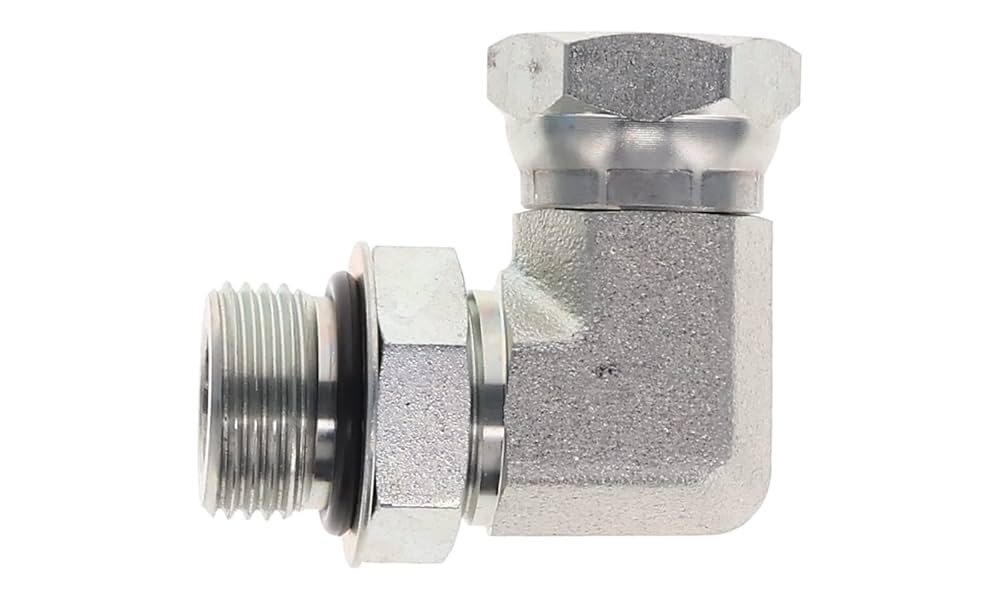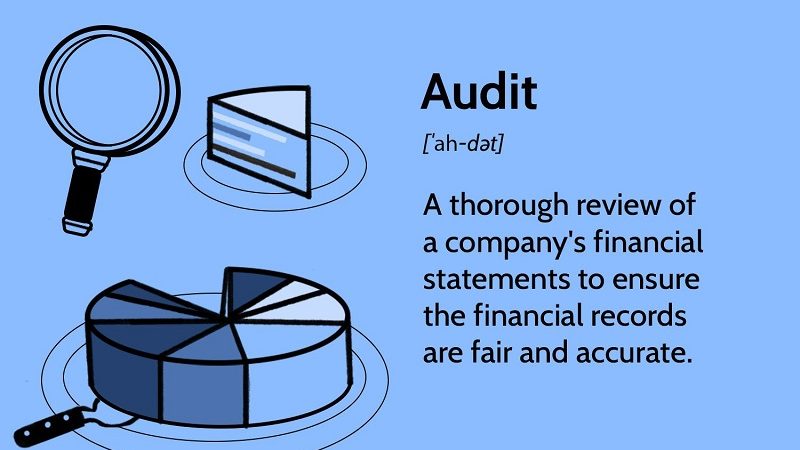When do hydraulic quick couplers show signs of wear?

Recognizing wear indicators in quick disconnect fittings prevents unexpected system failures during operation. Physical damage appears first on external surfaces. Internal components degrade more slowly but impact performance substantially. Connection cycles accumulate stress on moving parts. Environmental exposure accelerates deterioration in harsh conditions. Operators who catch early wear signs schedule replacements during planned maintenance rather than dealing with emergency breakdowns.
External surface deterioration
Visible damage on coupler bodies tells you what’s happening inside. https://northernhydraulics.net/hydraulics-shop/quick-couplers shows how these components look when new. Compare that to what you’re actually using. Scratches and dings on the outside usually don’t matter much. Deep gouges are different. They concentrate stress and turn into cracks.
Check the locking sleeve carefully. This part slides back and forth thousands of times. Wear marks appear where it contacts the body. Rough spots or burrs make the operation harder. The sleeve should move smoothly with consistent resistance. Binding or catching means something is wrong. Corrosion shows up as rust on steel couplers or discolouration on other metals. Surface rust looks bad but may not affect function immediately. Pitting goes deeper. Small holes in the metal indicate corrosion eating through the material. These couplers need replacement soon.
Seal leakage indicators
Seals fail gradually rather than all at once. Small weeps start before major leaks develop:
- Dampness around connection points without visible dripping
- Hydraulic fluid residue that keeps reappearing after cleaning
- Drops form slowly when the system sits idle
- Spray or mist under pressure that wasn’t there before
- Fluid accumulation in protective caps between uses
O-rings flatten where they get compressed repeatedly. Pull a coupler apart and look at the seal. Round cross-section means it’s still good. Flat spots or permanent deformation mean replacement time. Cracks in the elastomer show up as visible lines in the rubber. Any cracking requires immediate seal replacement.
Locking mechanism problems
- Retaining mechanisms wear from repeated engagement. Ball detents develop flat spots where they contact grooves. This reduces holding force. The coupler might still lock, but the separation risk increases under vibration or pressure spikes.
- Test the locking function during maintenance. Connect the coupler and try pulling it apart without releasing the sleeve. It shouldn’t budge. Any movement indicates worn retention. Check how much force is needed to connect and disconnect. Increasing effort suggests binding or contamination. Decreasing resistance points to worn components.
- Springs weaken over time. Valve springs must close poppets completely when disconnected. Weak springs leave valves partially open. You’ll see fluid dripping from disconnected couplers when springs fail.
Connection force changes
- Brand new couplers require a moderate push or pull force. This force should stay consistent through early service life. Changes signal wear or damage. A harder connection usually means contamination in the mechanism or damaged alignment features. Metal particles, hardened grease, or dirt create binding.
- An easier connection than normal indicates worn locking elements. The balls or pins aren’t engaging properly in their grooves. Dimensional changes from wear let things slide together too easily. This seems convenient, but it compromises safety.
Performance degradation signs
- Flow restriction increases as internal passages accumulate deposits or components shift position. Slower actuator speeds or reduced force output suggest restricted flow somewhere. Pressure gauges show higher drops across worn couplers compared to new ones.
- Temperature rise at the coupler body indicates internal turbulence or restriction. Touch test during operation. Hot spots mean problems. Unusual noise during flow also points to internal issues. Hissing or whistling sounds indicate seal bypass or restriction.
Tracking connection cycles and operating hours helps predict when replacement becomes necessary before failure occurs during critical operations.





